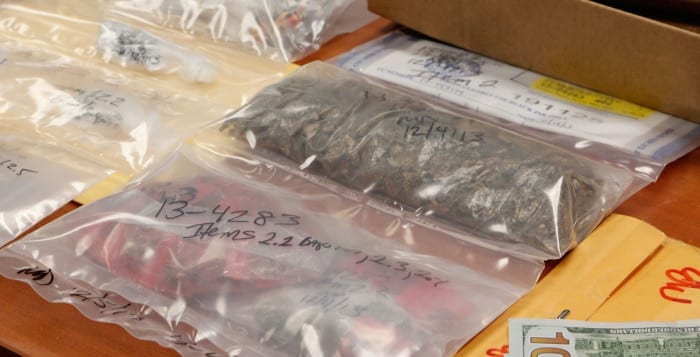Two major power players in the field of medical help and research have come together to form a new partnership.
Stony Brook University School of Medicine and Mount Sinai Health System, of New York City, have joined together to create more academic research opportunities to streamline and expand clinical care initiatives.
While they are not the first school of medicine to connect with a health system on Long Island — Hofstra University’s School of Medicine works with Northwell Health — this certainly means new breakthroughs are on the horizon in Suffolk County.
Dr. Kenneth Kaushansky, senior vice president for Health Sciences at Stony Brook University said that each institution will be bringing its biggest strengths to the table, thus making each other stronger.
Mount Sinai’s Icahn School of Medicine has strong biomedical, clinical research and health policy expertise, while Stony Brook University boasts programs with advanced mathematics, high-performance computing, and physical and chemical science departments.
Combining math and science programs together will help students become well rounded, and open up the possibility for new programs.
A press release said Stony Brook students will also be able to gain experience in areas of medicine that the university doesn’t currently offer, like observing and learning from heart transplants and other pilot programs. And students from either institution are now welcome to take classes at the other.
But this liaison is going beyond students.
Kaushansky said this partnership will improve patient care at both Stony Brook University Hospital and Mount Sinai Hospital by allowing patients to easily seek services from either hospital.
This is a great endeavor that should be encouraged and supported by the community. Not only does this teaming help students get a more in-depth education and give professors more opportunities for expanded lessons, it will in turn help the residents of the North Shore by improving the care that the local hospital can offer through the new discoveries and breakthroughs the new partnership will make.














